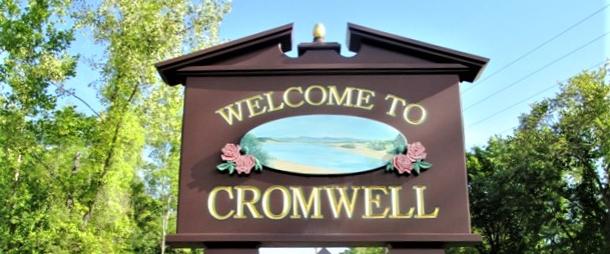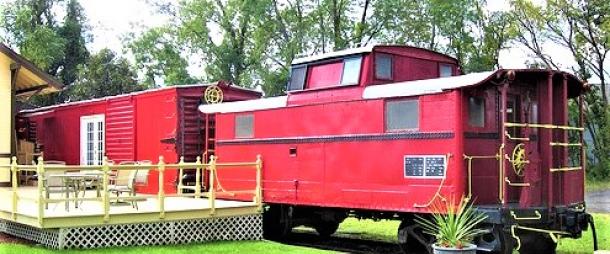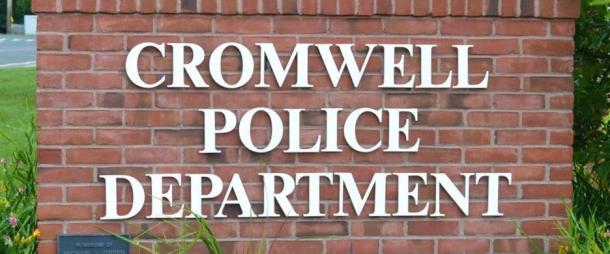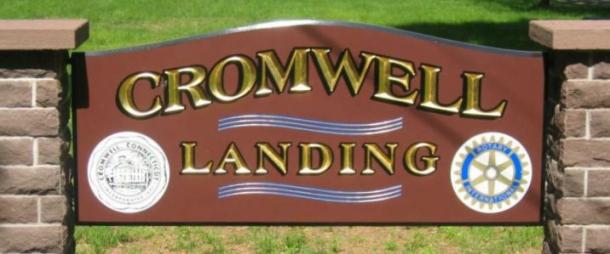Greater Hartford Metropolitan Region
Tranportation
Bradley International Airport is located just 15 minutes north of downtown Hartford. Bradley has ranked within the top 10 fastest growing airports in the United States for the past 2 years. The airport is well known for being first in the northeast for reliability, is easily accessible, and congestion-free. With over 330 flights per day, any nationwide destination can easily be reached. 12 major passenger airlines, 6 regional airlines and 10 air cargo carriers serve the region.
One of MetroHartford's greatest advantages is its first class highway system. Two major interstates, I-91 and I-84 intersect in Hartford. Both I-84 and I-91 link the region to I-90, which extends east to Boston and west through upstate New York. I-91 stretches north into Canada and south to New Haven. I-95 ventures east and west from New Haven, providing access to Rhode Island and New York City.
Quality of Life
Standard of living is not the same as quality of life. The MetroHartford Region, however, enjoys both a very comfortable standard of living and a vibrant quality of life. You and your employees can take advantage of a wide array of entertainment and cultural activities: spectator sports, theatres, museums, galleries, parks, water sports, skiing, golf and more. Quaint New England villages dot the landscape and offer scenic charm throughout the seasons.
Highly Educated Population
MetroHartford is known for its highly educated and skilled population. With productivity 6% above the national average, continued productivity gains will help keep your business competitive. Our strong educational rankings-1st in the nation in writing, reading and math; 2nd highest in the nation for high school graduation attainment and 3rd highest in the nation for college attainment. We are proud of our community technical college system and of our strong network of prestigious four-year colleges and universities.
Business Environment
The MetroHartford Region boasts a strategic location poised for growth. We have an exceptional telecommunications, fiber and power infrastructure, the 2nd largest airport in New England, and a highly educated and productive workforce. Recognizing the need for a prepared, available workforce, the Growth Council has been instrumental in developing demand driven training modules to support and help our businesses grow.
Public officials throughout the MetroHartford region have participated in the Growth Council's nationally recognized "Economic Development for Public Officials" education program to increase their knowledge of the business development process. They understand the importance of working with you on your business needs and are ready to facilitate your relocation or expansion efforts.
Low-Cost Office Environment
The cost of operating in MetroHartford competes favorably with other major metropolitan areas. Based on your company's preference, office space to satisfy a diversity of needs can easily be found throughout the region. Office lease rates and operating expenses are below the average rates found in cities such as Atlanta, Chicago, Baltimore, Boston and New York.
Basic Tax Information
- Sales Tax is 6.35%
- The State Corporate Income Tax rate is 7.5%
- Occupancy Tax for rental of hotel rooms for 30 days or less is 12%.
- Property Tax-Real and Personal-Connecticut has no state property tax. Each municipality assesses property at 70% of value and sets its own tax rate.
- Depreciation Schedule on Personal Property. Connecticut has a standard depreciation schedule for personal property, however, the State allows each town the flexibility to modify the schedule on a site and project basis.
Energy Reliability and Efficiency
We are proud of our power reliability and you will hear that even in the 1960's blackout, Hartford's lights were on!
Connecticut's conservative bent has never fluctuated when it comes to using energy. According to a recent University of Connecticut study, the state's energy consumption is now 28% below the national average. Not only does Connecticut use less energy than most states, it uses that energy more efficiently. Connecticut produces $18.56 in output for every $1 of energy input. That's far better than the national average of $14.28.
The State is a big player when it comes to saving energy. Connecticut Light and Power's energy efficiency budget in 2000 was $67 million and United Illuminating was $17 million. Connecticut's total energy efficiency budget of $84 million was approximately 8% of the nation's total utilities' conservation spending in 2000.
Since your business can have more efficient uses of energy, look beyond the per unit cost-your overall cost of energy may be lower.










